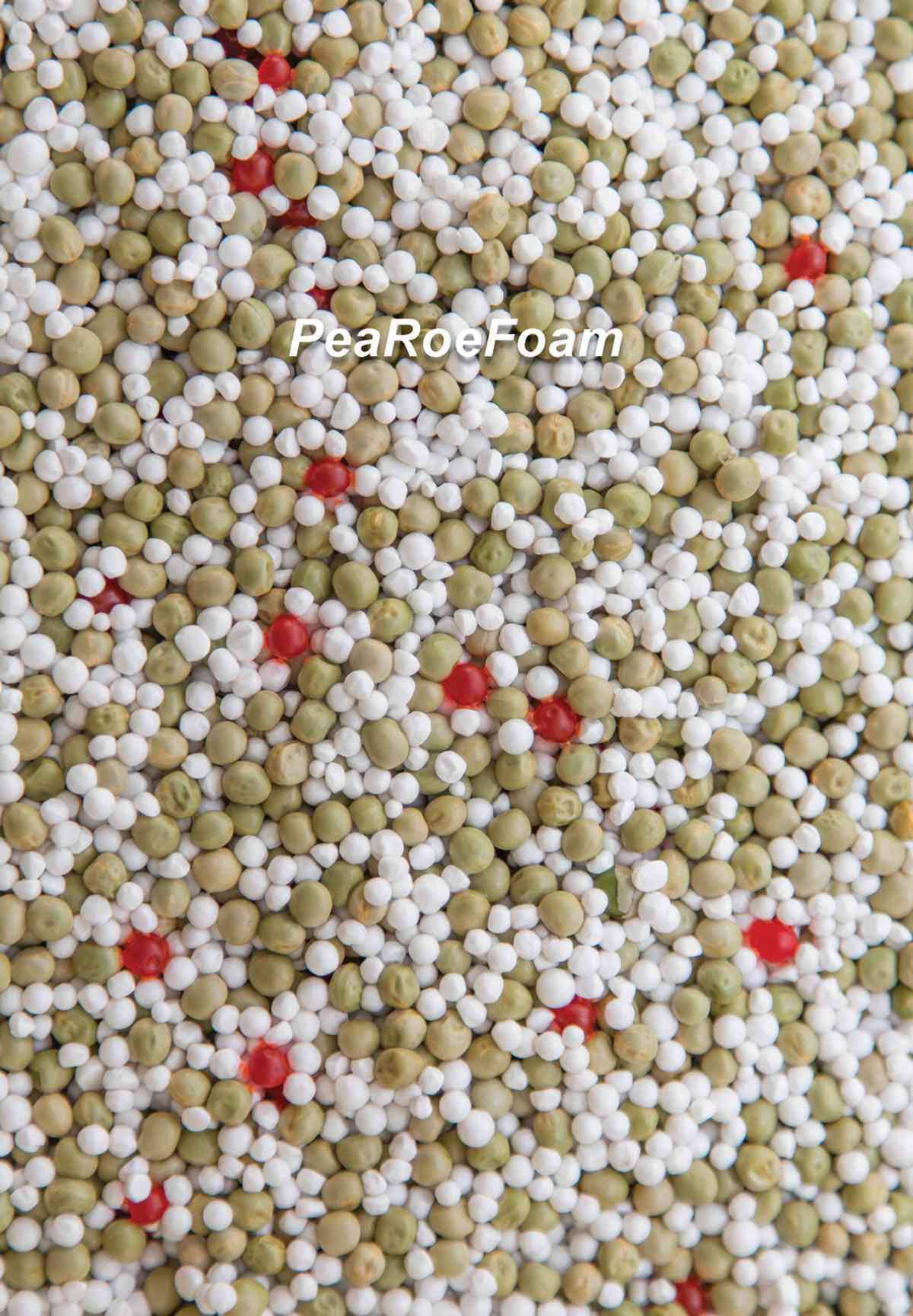Library
Library: Jason Rhoades
Greenwich October 16th, 2017
The Brant Foundation’s Library features selected resources about Jason Rhoades (1965-2006), whose work will be on view at the Foundation from November 2017 – March 2018.
These materials offer a deeper understanding of Rhoades’s body of work, and are available for the public to utilize while experiencing the sculptural installations in person.
About Jason Rhoades
Jason Rhoades (1965-2006) is known for his highly original, large-scale sculptural installations, which incorporate miscellaneous materials inspired by Los Angeles car culture and his rural upbringing in Northern California, amongst other sources. Until his untimely death in 2006 at age 41, he carried out a continuous assault on aesthetic conventions and the rules governing the art world, wryly subverting those conditions by integrating them within his practice. He conceived his works as part on an ongoing project to which objects were continuously added—dream catchers and oriental carpets, neon signs, power cords, building materials, and his own newly fabricated products were assembled and re-assembled in different configurations and also enlisted as part of performances and happenings within the installations. Underpinned by a unique combination of strong conceptual vigor and humor, his practice redefined and expanded the space in which artworks are both made and exhibited. Believing in ultimate freedom for artists, Rhoades circumvented notions of taste and political correctness in a candid pursuit of the creative impulse itself.
About The Brant Foundation Library
The Brant Foundation’s library program was established in 2009 to facilitate the appreciation and understanding of contemporary art and to advance our mission of promoting arts education. As both a museum and art study center, the Foundation’s library serves as a crucial resource for students, scholars, and educators by providing access to a unique collection of hard-to-find materials. After noticing the difficulties of obtaining contemporary art publications, typically as a result of rarity or expense, the Foundation was inspired to make efforts to broaden their holdings and increase accessibility to the public.
By reaching out to the surrounding arts community for help, the Foundation has accumulated an actively growing, rich collection of contemporary art books. With the contributions from the many organizations and institutions that share our vision, the public gains access to a wider range of materials used for the scholarly study and examination of contemporary art. Housing over 1,000 volumes – from exhibition catalogs and artist monographs to art criticism texts and periodicals – the library reflects the Foundation’s collection and admiration of contemporary art. Because of the rarity and value of the materials, our library is non-circulating, but we welcome and encourage the public to make use of the study center during operating hours. Please contact info@brantfoundation.org to make an appointment to visit The Brant Foundation’s library.





